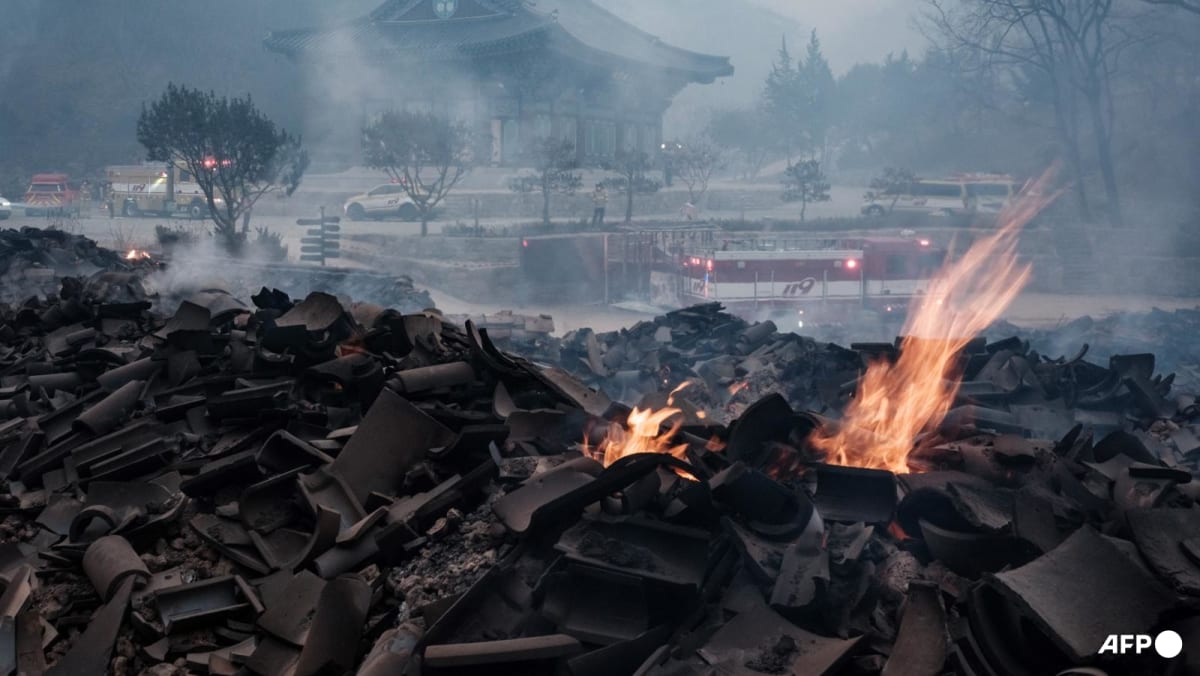Commentary: A humbled Yoon must future-proof Seoul’s alliances

DIFFICULT TO BUILD LASTING ALLIANCES
That flurry of diplomacy surrounding the meeting, and restoring ties with its neighbour without seeking a face-saving fresh round of apologies for the war, was a risky decision – one that has had little upside for Yoon himself. The South Korean public highly rates the US alliance, but it’s warier of increasing closeness with Japan.
However, South Korea need only look to Washington to see which way the wind is blowing. As the US moves away from China, it is speeding inexorably closer to Japan, which is fast becoming perhaps its most important international ally. Japan is not just strategically located in any potential conflict with China, it is also becoming an increasingly vocal presence on the global stage.
At a time when the trilateral relationship needs to be deepened to counter not just China, but a North Korea that has deemed the South its “principal enemy”, the prospect of a weak Yoon presidency is already concerning allies. While his domestic agenda will be hobbled, the president does not need parliamentary approval for foreign-policy initiatives – and must power ahead.
Global partners frequently express concern about the whiplash in South Korea’s foreign policy when the presidency changes hands, as it often does in Seoul. While in part this reflects the health of democracy in the one-time dictatorship, it makes it difficult to build lasting alliances.
Source: CNA















